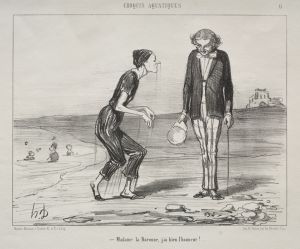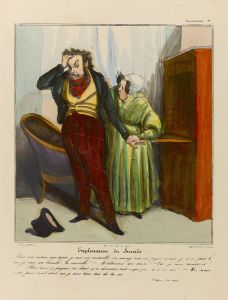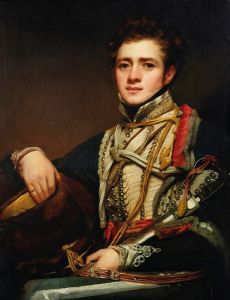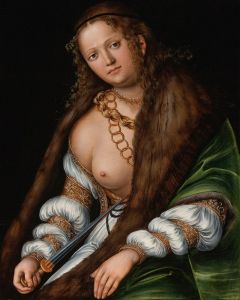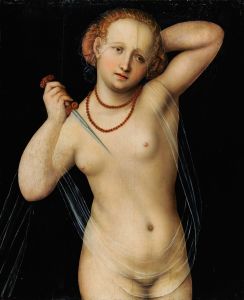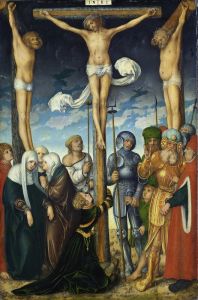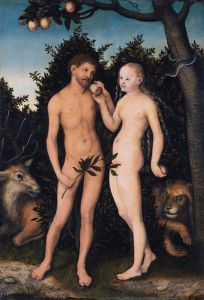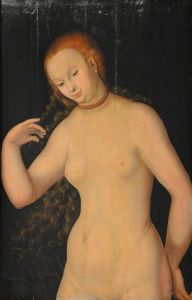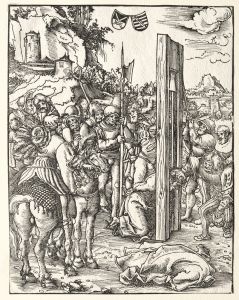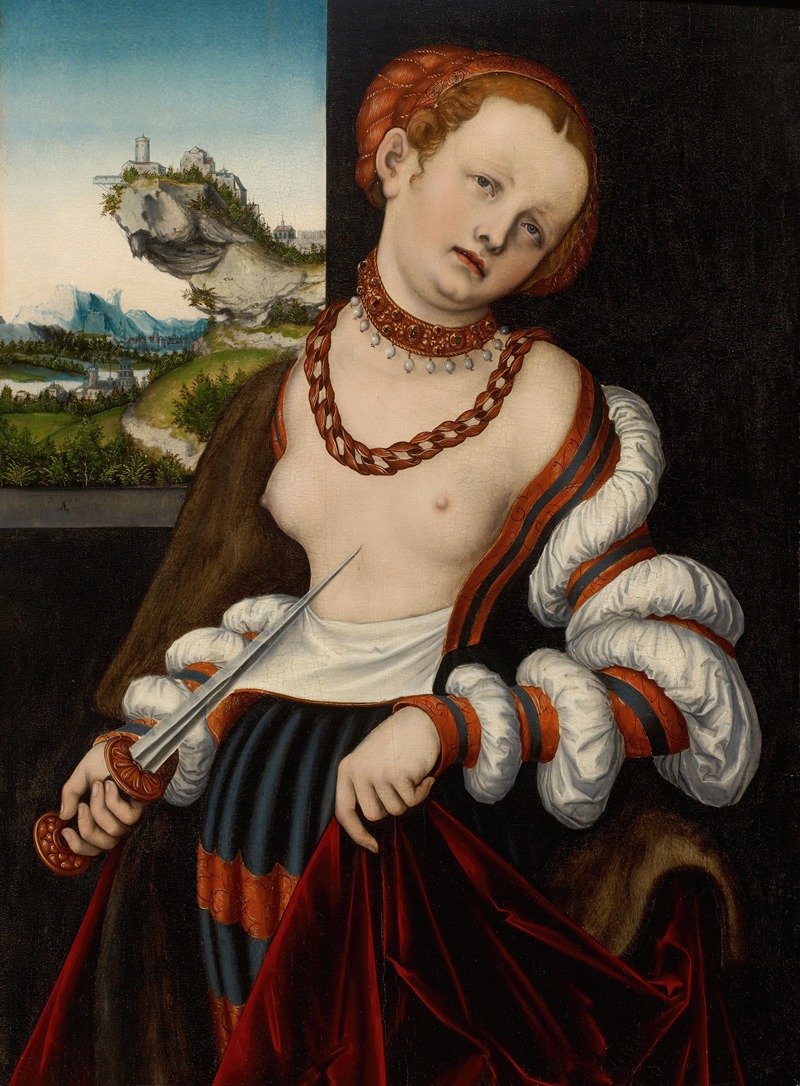
The Suicide of Lucretia
A hand-painted replica of Lucas Cranach the Elder’s masterpiece The Suicide of Lucretia, meticulously crafted by professional artists to capture the true essence of the original. Each piece is created with museum-quality canvas and rare mineral pigments, carefully painted by experienced artists with delicate brushstrokes and rich, layered colors to perfectly recreate the texture of the original artwork. Unlike machine-printed reproductions, this hand-painted version brings the painting to life, infused with the artist’s emotions and skill in every stroke. Whether for personal collection or home decoration, it instantly elevates the artistic atmosphere of any space.
Lucas Cranach the Elder, a prominent German Renaissance painter, created several works depicting the tragic story of Lucretia, a legendary figure from ancient Rome. One of his notable paintings on this subject is "The Suicide of Lucretia." This artwork reflects Cranach's skill in combining classical themes with the stylistic elements of the Northern Renaissance.
The story of Lucretia is rooted in Roman history and legend. According to ancient sources, Lucretia was a noblewoman in Rome whose rape by Sextus Tarquinius, the son of the last king of Rome, led to her suicide. Her death became a catalyst for the revolt against the monarchy, ultimately leading to the establishment of the Roman Republic. This narrative of virtue, violation, and vengeance has been a powerful subject in art and literature for centuries.
Cranach's depiction of Lucretia captures the moment of her suicide, a poignant and dramatic scene. In the painting, Lucretia is often shown holding a dagger, poised to take her own life. Her expression and posture convey a mixture of sorrow, resolve, and dignity. Cranach's attention to detail and his ability to convey emotion through facial expressions and body language are evident in this work.
The painting is characterized by Cranach's distinctive style, which includes elongated figures, intricate detailing, and a rich color palette. The use of light and shadow in the painting enhances the emotional intensity of the scene. Cranach's portrayal of Lucretia is both a personal and political statement, reflecting the values and tensions of his time.
Cranach was known for his ability to blend traditional Gothic elements with the emerging Renaissance style. His works often featured religious and mythological themes, and he was adept at capturing the human form with grace and precision. "The Suicide of Lucretia" is a testament to his mastery of these techniques.
This painting, like many of Cranach's works, was likely commissioned by a patron who appreciated both its artistic merit and its moral message. During the Renaissance, the story of Lucretia was often used to explore themes of virtue, honor, and the consequences of tyranny. Cranach's interpretation of the tale would have resonated with contemporary audiences familiar with these themes.
Lucas Cranach the Elder's "The Suicide of Lucretia" is housed in various collections, as he created multiple versions of this subject. Each version offers a slightly different interpretation, showcasing Cranach's versatility and the enduring appeal of the Lucretia narrative.
Overall, "The Suicide of Lucretia" by Lucas Cranach the Elder is a significant work that exemplifies the artist's skill and the cultural context of the Renaissance. It continues to be studied and admired for its artistic and historical significance, offering insight into the complex interplay of art, history, and morality in the early 16th century.





